Ceiling vs. Wall Mounted Bathroom Fans
Bathroom extractor fans can be installed in ceilings or walls, but which method is better? And is there a proven benefit of doing it one way? Or is it simply done to accommodate different bathroom sizes?
In this blog, we will discuss ceiling vs wall mounted bathroom fans
To prevent mould, fresh air should always be introduced into your dwelling daily, as it helps to regulate temperature and reduce condensation. Introducing fresh air can be as simple as having a ventilation routine, or installing extractors or PIV systems.
Having an understanding of the uses and reasoning for ducting can be just the information you require in order to get the correct ducting to fit your needs. Knowing how their differences can save you any potential mistakes if you choose to set it up yourself.
I-Sells is here to provide the answers you require whilst also supplying you with all the information you need to combat mould and have a well-ventilated home.
Do Bathroom Fans Need Vents?
Yes, both ceiling and wall-mounted bathroom fans require vents to function effectively.
The primary purpose of a bathroom fan is to extract moisture-laden air from the bathroom and expel it outside. Without a vent, the fan would simply circulate the same air within the room, defeating its purpose.
The Role of Vents
- Moisture Removal: Vents allow the fan to expel the humid air from the bathroom to the outside, preventing condensation and mould growth.
- Odour Control: Vents also help to eliminate unpleasant odours from the bathroom.
- Fresh Air Intake: While not directly related to the fan, having adequate fresh air intake in the bathroom is essential for effective ventilation. This can be achieved through openable windows or trickle vents.
Different Types of Vents
- Wall Vents: These are the most common type of vent and are typically installed in external walls.
- Roof Vents: These can be used if there’s no suitable wall vent or if the fan is located in a loft conversion.
- Inline Vents: These are often used for longer duct runs and can help to reduce noise.
It’s important to ensure that the vent is properly sealed to prevent draughts and to maximise the fan’s efficiency.
In conclusion, both ceiling and wall-mounted bathroom fans rely on vents to effectively remove moisture and improve air quality. By understanding the importance of ventilation, you can choose the right fan and installation method for your bathroom.
Who installs vents for bathroom fans?
Typically, a qualified tradesperson would be responsible for venting a bathroom fan. The specific trade involved will depend on the complexity of the job:
- Electrician: If the installation involves electrical work, such as connecting the fan to the power supply or running new wiring, an electrician would be the appropriate choice.
- Plumber: While less common, a plumber might be involved if the vent path requires modifications to plumbing or drainage systems.
- Builder or carpenter: If the venting involves creating an opening in a wall or roof, a builder or carpenter would be needed.
- HVAC technician: If the project requires extensive ductwork or ventilation system modifications, an HVAC technician might be the best option.
For simpler installations, a competent DIY enthusiast might be able to handle the task, provided they have the necessary skills and tools. However, for more complex projects or if you’re unsure about your abilities, it’s always recommended to hire a professional.
Remember, proper ventilation is crucial for preventing damp and mould, so it’s essential to ensure the job is done correctly.
Ceiling vs. wall mounted bathroom fans
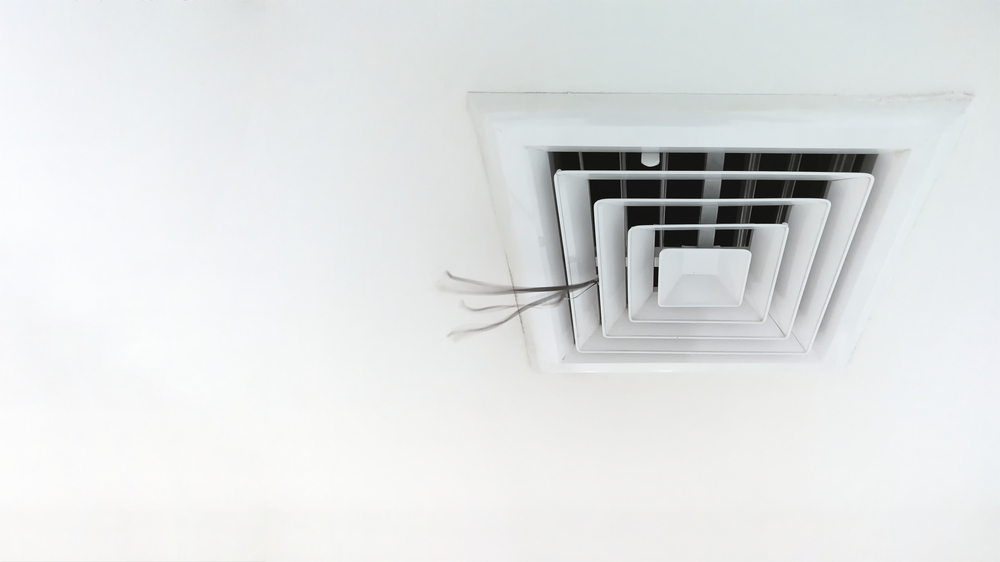
The choice between a ceiling and wall-mounted bathroom fan can significantly impact the efficiency and effectiveness of moisture removal in your bathroom. Both options have their merits and drawbacks, and the best choice often depends on the specific layout and conditions of your bathroom.
Ceiling Mounted Bathroom Fans
Ceiling-mounted fans are the most common type and are generally considered the most effective option. Positioned at the highest point in the room, they can efficiently draw moist air upwards and out of the bathroom.
Benefits:
- Optimal air extraction: Due to their position, ceiling fans can effectively remove moisture-laden air from the entire bathroom.
- Even distribution: The air is drawn from all corners of the room, helping to prevent damp spots and mould growth.
- Aesthetics: In many cases, ceiling fans can blend in with the bathroom’s decor, especially if they are combined with lighting fixtures.
Drawbacks:
- Installation: Installing a ceiling fan can be more complex and may require professional help, especially if ductwork is involved.
- Accessibility: Accessing the fan for maintenance or cleaning can be difficult.
- Cost: Ceiling-mounted fans often tend to be more expensive than wall-mounted options.
Suitable for: Most bathrooms, particularly those with showers or baths that produce significant amounts of moisture. They are ideal for larger bathrooms where effective ventilation is essential.
Wall Mounted Bathroom Fans
Wall-mounted fans are a more compact option and can be a suitable choice in smaller bathrooms or where ceiling installation is impractical.
Benefits:
- Easier installation: Generally simpler to install compared to ceiling-mounted fans.
- Accessibility: Easier to reach for maintenance or cleaning.
- Cost: Often more affordable than ceiling-mounted fans.
Drawbacks:
- Less effective ventilation: Wall-mounted fans may not be as effective at extracting moisture from the entire bathroom, especially in larger spaces.
- Potential for condensation: Moisture can accumulate on walls, leading to mould growth if not properly ventilated.
- Noise: Wall-mounted fans can be noisier than ceiling-mounted ones, as the noise is directed towards the occupants.
Suitable for: Smaller bathrooms, bathrooms with limited space, or as an additional fan in larger bathrooms. They can also be a good option for rental properties where installation costs need to be minimised.
Additional Considerations:
- Ducting: Both ceiling and wall-mounted fans can be ducted to the exterior of the building for optimal performance. Ducting helps to prevent moisture from recirculating within the home.
- Extractor fan timer: A timer can be useful to ensure the fan runs for an adequate period after showering or bathing to remove excess moisture.
- Humidity sensor: Some fans have built-in humidity sensors that automatically turn the fan on when the moisture level rises.
Ultimately, the best choice for your bathroom will depend on factors such as the size of the room, your budget, and your personal preferences. It’s also essential to consider the specific needs of your household, such as the frequency of showers or baths and the overall humidity levels in your home.
Bathroom Ventilation: Window or Extractor Fan?
Ideally, a bathroom should have both a window and an extractor fan. While one might suffice in certain circumstances, having both provides the best ventilation and helps to prevent problems like mould and damp.
Window Ventilation
A window offers natural ventilation, allowing fresh air to circulate and replace moist air. It’s particularly effective in warmer months when the window can be opened more easily. However, it has limitations.
Extractor Fan
An extractor fan is specifically designed to remove moisture-laden air from the bathroom. Regardless if there is a window to help the process.
While a window alone might be sufficient for a small bathroom with minimal use, an extractor fan is generally recommended, especially for bathrooms with showers or baths.
Bathroom fans for you
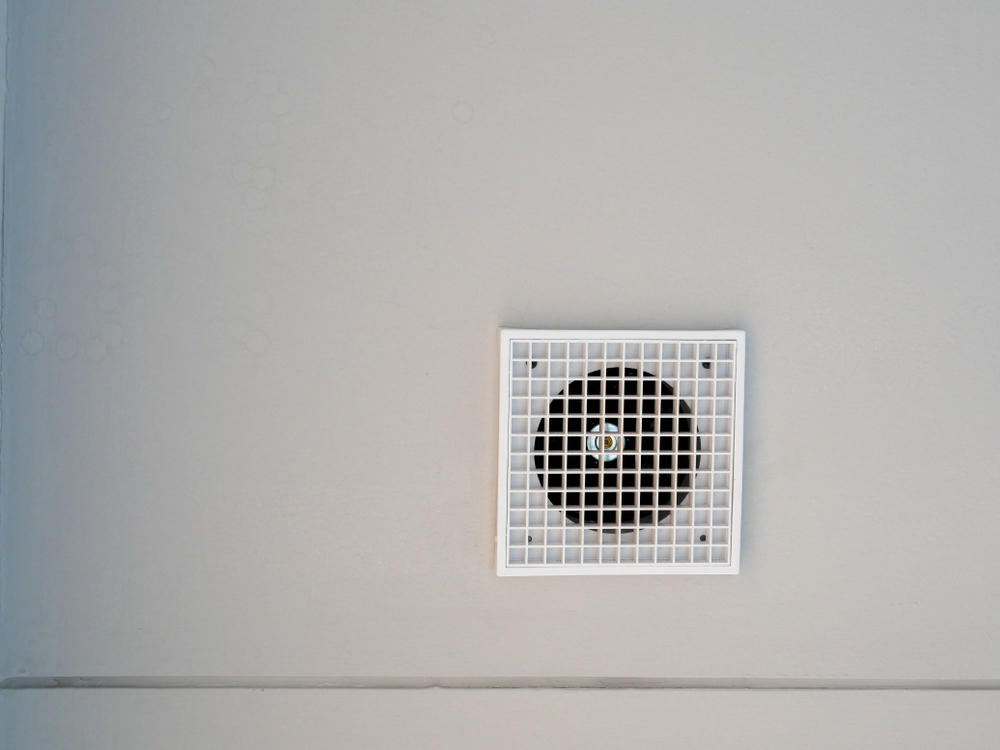
Before deciding to invest in our mould solutions. Be sure to visit our blog page to gain knowledge on the wide array of factors and issues surrounding ventilation, mould, condensation, and much more.
We hope to have given you relevant information to reflect on when it comes to ceiling vs wall mounted bathroom fans.
We understand you may have more questions, do not hesitate to contact us for more information with regard to whatever you require our help with. If you’d like to email us, click here. For other contact options, see below:
Call us on 020 8463 9696
Visit us at our showroom:
*OPENING TIMES*
Monday – Friday: 8:00 am to 5:30 pm
Saturday: 9:00 am to 12:00 pm
Sunday: Closed
15 St John’s Parade
Sidcup, Kent
DA14 6ES
United Kingdom

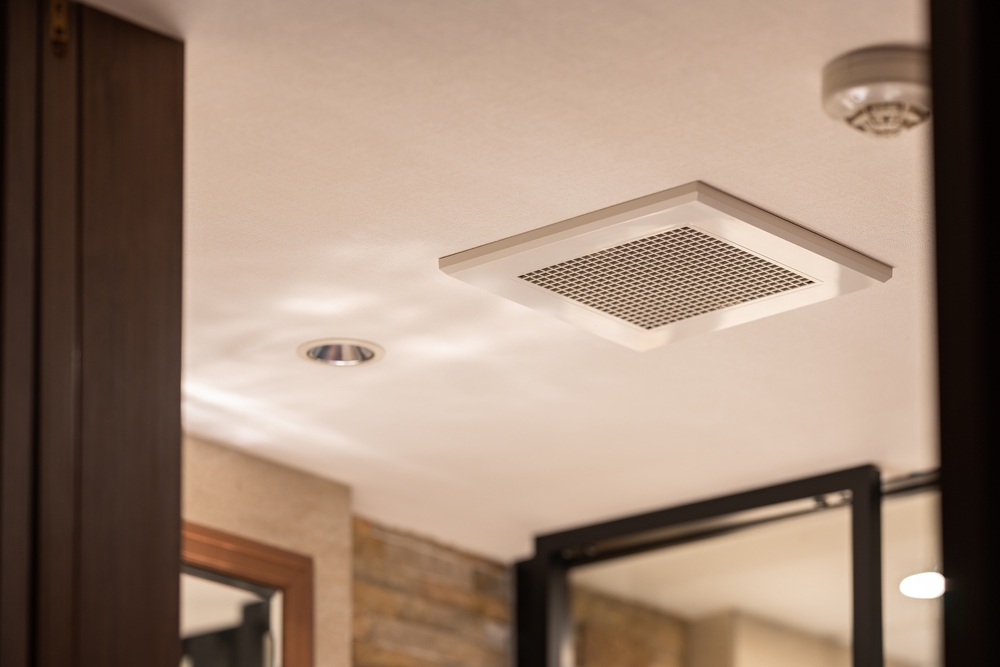


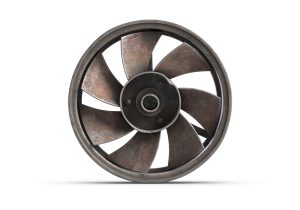



















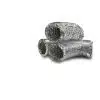

Add comment
You must be logged in to post a comment.